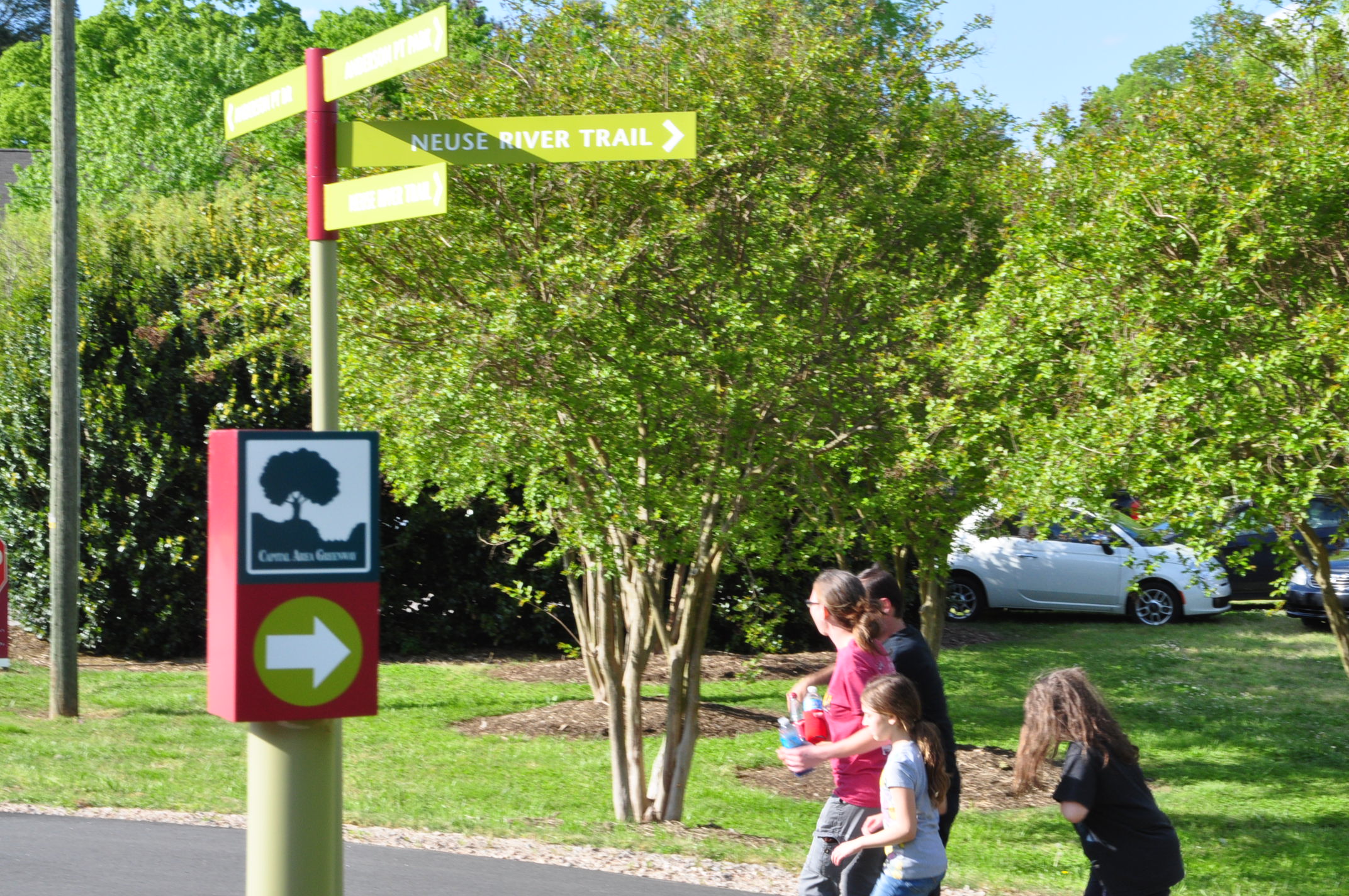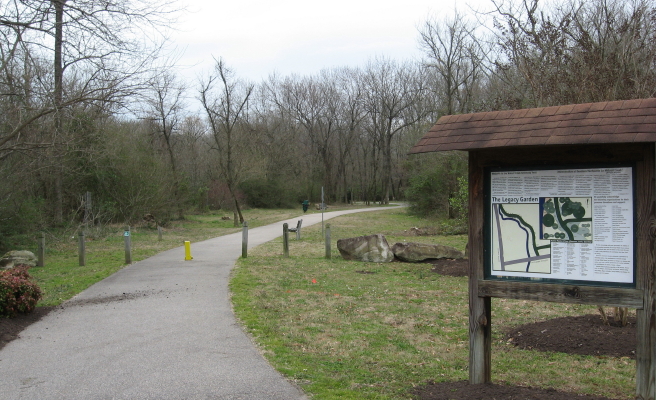A bill making its way through the House could cut state support for bicycle and pedestrian projects and lessen funding for public transportation.
HB 817 replaces the equity formula, which has been in place since the 1980s, said Raleigh’s Transportation Manager Eric Lamb. The original formula distributed money in equal parts across the state — regardless of traffic or population.
Instead, if approved, HB 817 would allow the state government to distribute money, the bill’s authors say, to better reflect how the population has grown.
While that sounds good in theory, Lamb said it leaves bicycle and pedestrian updates pitted against larger projects, such as roads and transit.
“The key premise is to update the funding formulas and how different regions receive money,” Lamb said. “Part of that is changing the geography of the distribution and changing what types of projects are eligible for what types of money. One of the concerns is how projects of different modes will compete against each other.”
While sidewalks and curb cuts would be covered as part of road projects, state money would no longer be available to fund independent sidewalk and greenway projects.
Projects under construction or authorized for construction by June 30 will not be affected, but in Raleigh that approaching cutoff date could endanger the completion of projects such as the Neuse River Greenway.
 A sign marks an entrance to the Neuse River Greenway. Photo by Jennifer Wig.
A sign marks an entrance to the Neuse River Greenway. Photo by Jennifer Wig.
The last section of the project is the “Riverbend” section, a 1.2-mile stretch ending near Horseshoe Farm Park. The project uses 80 percent federal money and 20 percent state—and the state match was about $166,000, said Vic Lebsock, senior greenway planner for the city of Raleigh.
“The project was approved in April and we had a good chance of having it fully funded, but now that state match could effectively be removed,” Lebsock said. “It would be totally impossible for construction to be started June 30, based upon the timing of when the funds became available.”
There are actually two bills proposing this change, one is an independent item in the House and the second as part of the larger budget bill from the Senate.
It is not clear yet whether it will pass as a bill on its own or as part of the budget said Julie White, executive director of the N.C. Metropolitan Mayors Coalition.
If passed, the bill would allow statewide projects to move faster and allow more local input than ever before, White said.
Senate members have suggested cities use funding from the Powell Bill, another state program, to fund street projects, covering the sudden loss of other state funds.
“Using that money is kind of an empty promise,” Lamb said. “Most cities use up Powell Bill money to take care of basic resurfacing needs, so it’s kind of backhanded.”
White agreed that Powell Bill money isn’t a feasible solution for metropolitan areas such as the Triangle.
“That’s a challenge for big cities because the Powell Bill is woefully insufficient to do the roadwork it needs to be doing,” she said.
Dividing the Money
The Senate bill divides money for transportation into a statewide pot, regional pot and divisional pot. Public transportation would be included in the divisional pot, which could strain funding for urban areas. There are 14 proposed highway divisions, and each divisional pot would have $36 million to do all major arterial road projects, White said.
“That involves any kind of bus and transit efforts, and any rail efforts will come out of that money as well,” she said.
This includes projects such as the Durham-Orange Light Rail Transit Project. Transit efforts like these get expensive, White said, and there wouldn’t be enough in the division tier to do that project.
In the House version, rail and bus transit would be funded in the regional pot, which would take some of the pressure off of divisional pots for urban areas.
Statewide money will be determined by data compiled by the Department of Transportation such as travel times savings, congestion, economic competitiveness and safety. The regional pot will be determined per capita and each divisional pot will get an equal share.
The state and local governments will need to work together to create a formula for spending the divisional pot, White said.
“They will have to make a decision about what the priorities are because they won’t be able to fund everything,”she said.
White said the bill is a huge step forward for the state.
“We just have to figure out how to address these few little difficulties,” White said. “There just isn’t enough money—at some point we have to hope for new revenue options from the House and the Senate, which is ultimately what we need to solve our transportation challenges.”
As of May 30, the budget bill has gone from the House to pass the Senate, and the independent bill has passed the House and must be reviewed by two more committees in the Senate.
